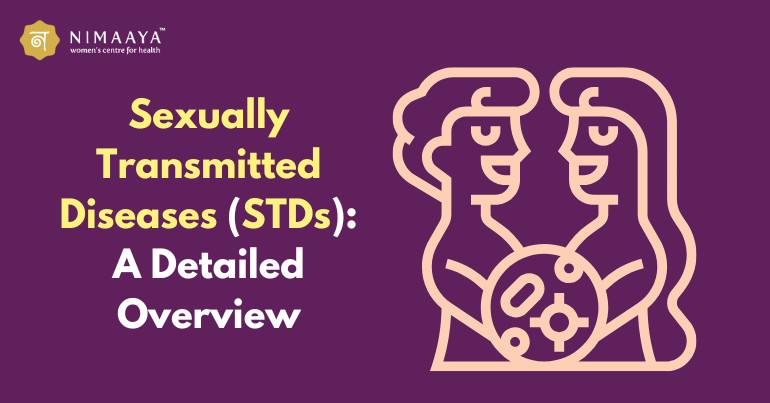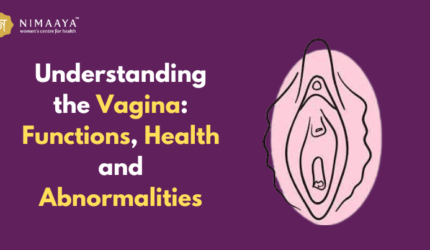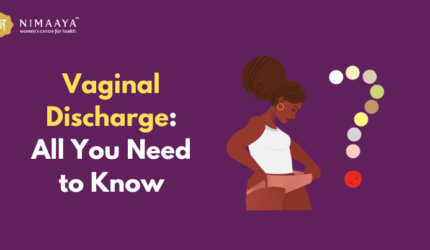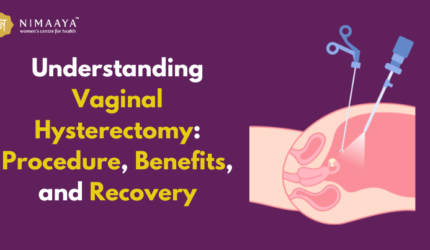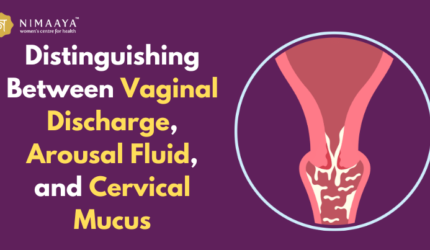There is also a term known as sexually transmitted diseases (STDs), which is often referred to as sexually transmitted infections (STIs) and these are certain infections which are transmitted between individuals during sexual interactions. They are caused by various microorganisms including bacteria, viruses, fungi, and parasites, and the majority of the transmission happens as a result of vaginal, anal, or oral sex. Certain sexually transmitted diseases can also be spread through other ways which do not involve sexual activities, for instance through sharing infected syringes and also through placental transfer, and even through breast milk.
Given the increasing prevalence of STIs, research into their aetiology and modes of transmission, manifestations, management, and most importantly, preventive measures are major components of public health. This overview looks at the various forms of STIs, the risk factors involved, how they can be avoided as well as their effects on society.
Types of Sexually Transmitted Diseases (STDs)
Bacterial STDs
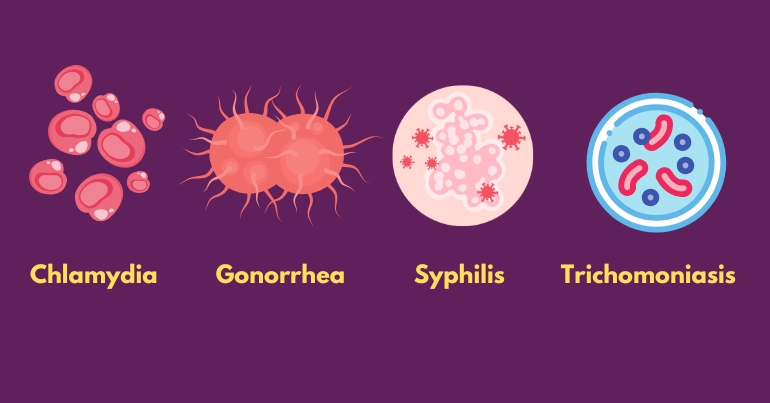
‣ Chlamydia:
One of the most frequent sexually transmitted diseases (STDs) among the youth is Chlamydia. Chlamydia is caused by the bacterium Chlamydia trachomatis. It usually affects the genitals, throat, and the area around the anus. It causes complications if left untreated, especially in females whereby it can cause diseases like pelvic inflammatory disease (PID), ectopic pregnancy, or infertility.
‣ Gonorrhea:
Gonorrhea is caused by the bacterium Neisseria gonorrhoeae. As a consequence, the primary infection occurs on the mucous membrane of the urethra, cervix, rectum, throat, and eyes. Due to the fact, untreated gonorrhoea like chlamydia may lead to PID and barrenness and also cause neonatal risk if the infection is transmitted to the child at vaginal delivery.
‣ Syphilis:
Syphilis is an STD caused by Treponema pallidum and consists of several stages. It starts with the formation of painless ulcers (chancres) and continues through several stages that also include an asymptomatic period. If it is not treated, syphilis extends and can become even more complicated with adverse effects including the heart, brain, and other body systems, which can make one die.
‣ Trichomoniasis:
The disease Trichomoniasis is the result of infection with a flagellated protozoan parasite known as Trichomonas vaginalis. This std disease primarily targets the urogenital system and often leads to feelings of dryness, itching, and burning, as well as vaginal or penile discharge. The risk of contracting or spreading other sexually transmitted diseases, especially HIV, is heightened by trichomoniasis.
Viral Sexually Transmitted Diseases (STDs)
• Human Immunodeficiency Virus (HIV):
HIV primarily affects a person’s immune system, targeting the CD4 cells or T-cells that play a significant role in the immune defense. And untreated HIV infection can result in AIDS, acquired immunodeficiency syndrome, and subjects the individual to a various group of opportunistic infections and cancers. HIV can be acquired from sharing certain body fluids, including blood, semen, vaginal and rectal secretions, and breast milk. Std Treatment with antiretroviral therapy (ART) is vital for people living with HIV as it decreases illness and mortality due to HIV disease and lowers HIV transmission.
• Herpes Simplex Virus (HSV):
There are two types of HSV; HSV-1, which is primarily responsible for oral herpes, and HSV-2, which causes genital herpes. Both types are acquired through contact with the blister or sore and the adjoining skin whether the person is symptomatic or not. Bluish blisters or sores may appear on the vagina, cervix, male and female anus, and mouth regions in a medical condition known as genital herpes. This virus lies dormant in an individual’s system, only to emerge periodically as outbreaks.
Also Read: Understanding the Vagina: Functions, Health and Abnormalities
• Human Papillomavirus (HPV):
At present, HPV is a prevalent infection spreading through sexual contact. This has several strains and serves along with certain strains for the advent of genital warts. HPV infections are usually asymptomatic and resolve without treatment in most cases. HPV vaccination can help protect against infection with strains that would otherwise cause cancer.
• Hepatitis B and C:
Both HBV and HCV can be transmitted through sexual activities. However, sexual transmission is more common in HBV compared to HVC. These viruses target the liver and if untreated will lead to chronic infection, cirrhosis of the liver, or even liver cancer in extreme cases. Immunization is offered for the Hepatitis B virus but not against the Hepatitis C virus.
Parasitic Sexually Transmitted Diseases (STDs)
• Pubic Lice (Crabs):
Pubic lice are parasites that invade the hair present around the groin area and are typically spread through sexual contact. They result in itching and irritation and require the use of topical insecticides for management.
• Scabies:
Scabies is an infestation due to the Sarcoptes scabiei mite that causes considerable discomfort in the form of itching, rashes, or lesions due to the mite burrowing into the skin. Very much like pubic lice, scabies are also contagious and can be transmitted through direct contact with the skin.
Risk Factors for Sexually Transmitted Diseases (STDs)
Although every sexually active person runs the risk of contracting an STD, some factors may increase the chance of infection. These factors include:
⦿ Having Multiple Sexual Partners:
The odds of finding an infected partner increase significantly for those who have several sexual partners at the same time.
⦿ Unsafe Sex:
Engaging in vaginal, anal, or oral intercourse without the aid of condoms makes one susceptible to STDs.
⦿ People Who Are Sexually Active At An Early Age:
Early initiation of sexual activity translates to an increased risk over one’s lifetime.
⦿ Substance Abuse:
Consumption of drugs and alcohol increases the chances of having unprotected sexual intercourse or having sex with risky partners due to impaired reasons.
⦿ Being Infected with an STD:
If a person already has a sexually transmitted disease, he or she is likely to have one more, especially HIV.
Infection transmission is other than through sexual intercourse: Specific infections such as HIV and hepatitis can also be spread through sharing needles, razors, or personal belongings.
Sexually transmitted diseases symptoms
The signs and symptoms of sexually transmitted diseases and infections are significantly disease-dependent. Among others, the following are relatively common:
➼ Dysuria:
Burning during (or intense pain) urination is related to gonorrhoea, chlamydia, and a few other infections.
➼ Abnormal Vaginal or Penile Discharge:
Discharges from the vagina or penis are abnormal in many STIs including gonorrhoea and chlamydia, and infections caused by trichomoniasis.
➼ Genital – Oral Sores or Growths:
Visible sores, blisters, or growths in the oral or genital area are often caused by infections, such as syphilis, herpes, and HPV.
➼ Skin irritation- itch:
Trichomoniasis, pubic lice, and scabies are often associated with severe itching.
➼ Constitutional Symptoms:
Malaise, febrile episodes, and myalgia may be seen in primary viral infections of HIV and herpes.
It is also essential to understand that many sexually transmitted diseases do not present symptoms, especially in the initial stages. This means that they are capable of transmitting the illness to other people without their knowledge.
Diagnosis of Sexually Transmitted Diseases (STDs)
STDs can be diagnosed through various methods outlined below:
❧ Physical Examination:
This includes a visual inspection of the genital area and signs such as sores, discharge, or inflammation may be noted by a healthcare provider.
❧ Lab Tests:
These include Blood tests, urine tests, and swabs taken from affected areas where it is possible to establish the presence of the bacteria or viruses that cause sexually transmitted diseases.
❧ Pap Smear or HPV Test:
For women, a Pap smear can detect changes in the cervix at risk for HPV-induced cancer. There are also tests focused specifically on HPV.
To treat a condition and control the further development of the disease – prompt diagnosis is of utmost importance.
Treatment Options
Different STDs can be managed and some can be completely eradicated:
▪️ Antibiotic Treatment:
Chlamydia, gonorrhoea, syphilis, and trichomoniasis are examples of bacterial infections which can be cured by the use of antibiotics. To make sure that the patient is free from the infection, it is important to finish the treatment till the last pill.
▪️ Antiviral Treatment:
While asymptomatic viral STDs like herpes and HIV cannot be eliminated, symptoms can be alleviated with antiviral agents dispensed to the patient. For example, art treatment for HIV allows people to live much longer healthy lives and greatly reduces the possibility of passing the virus on to other people.
▪️ Immunizations:
There are vaccines against some sexually transmitted diseases, for example, HPV and hepatitis B. Prevention is key, and vaccination is advised to young people particularly before they become sexually active.
Prevention of Sexually Transmitted Diseases (STDs)
The strategies for the prevention of STIs include behavior change, sensitisation, and when necessary, the use of medications. The following measures are effective in limiting the chances of infections.
➮ Use of condoms:
Most sexually active persons always practice safe sex by the use of condoms which are the most reliable barrier methods for controlling the spread of some STIs.
➮ Regular screening:
Such people who are sexually active especially if they are multiple partners should equally undergo screening for STIs every few months. This programmed interval screening can enable identification of sick individuals faster thus preventing the transmission of the disease and also the associated sequelae.
➮ Immunization:
Thanks to The development of vaccines; for example, that for nutrition and Cancer and that for Ebola among many have helped to prevent these diseases from spreading.
➮ Limiting the number of sexual partners:
One way in which that can be done is to increase the rate of people engaging in sexual activities which includes active sexual exposure with infected individuals.
➮ Barriers and Health Communication:
Talking about sexual health and testing with one’s partner is likely to foster responsible engagement in sexual activities. In this regard, mass media campaigns are significant too.
Social and Psychological Impact of Sexually Transmitted Diseases (STDs)
The emotional and moral implications of the stigma associated with STDs cannot be overlooked for the people suffering from them. Awareness of possible judgments or embarrassment frequently makes people postpone treatment for or conceal their condition from their sexual partners. Thus, education and de-stigmatization processes are crucial in prompting people to speak about sexual health issues and engage in responsible sexual health behavior.
Conclusion
The prevention, diagnosis, and treatment of sexually transmitted infections remain one of the top public health issues because of their increasing prevalence, and possible serious effects on health in the long run. Education and training of the health care providers and sexual health education or public health should however address these issues and promote safe sexual behavior to reduce the risk of STDS, harm individuals, and improve health and quality of life.
For individuals worried about sexual health, especially processes like infertility which among other causes could result from STDs, one gets well-rounded care and advice at Nimaaya IVF Centre Surat. The center, which is run by Dr. Yuvrajsingh Jadeja, provides enhanced reproductive services to couples desiring to have children and helps deal with post-infectious complications suffered as a result of bacterial infections like chlamydia and gonorrhoea which cause infertility.

